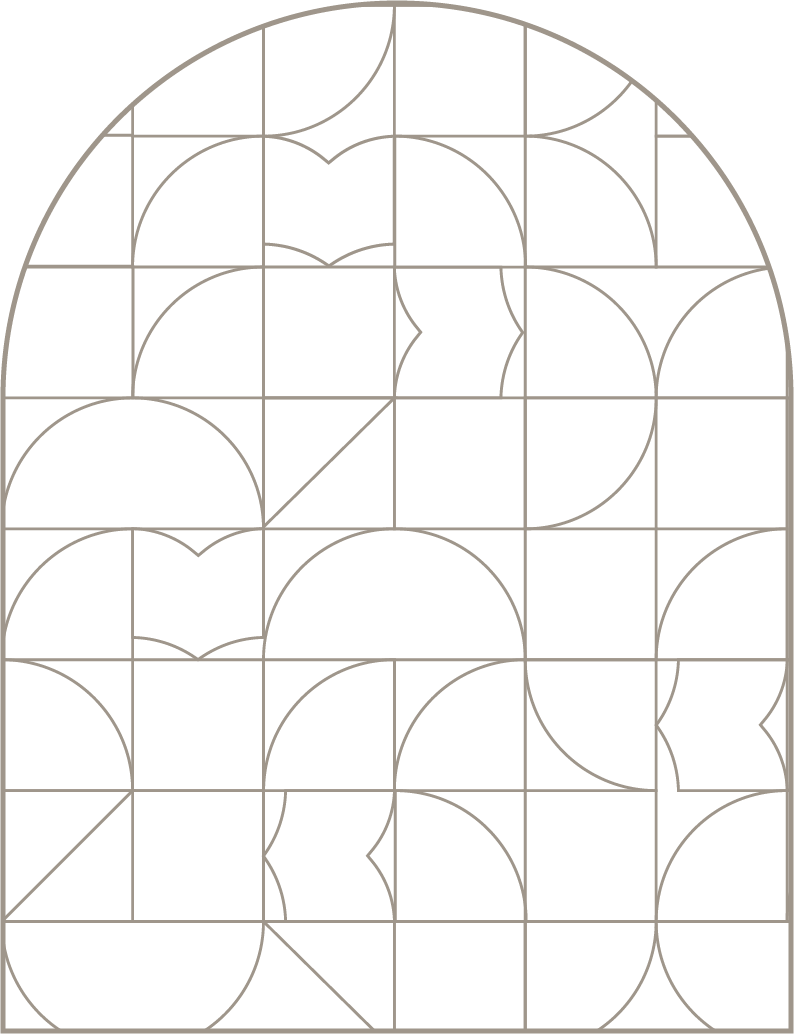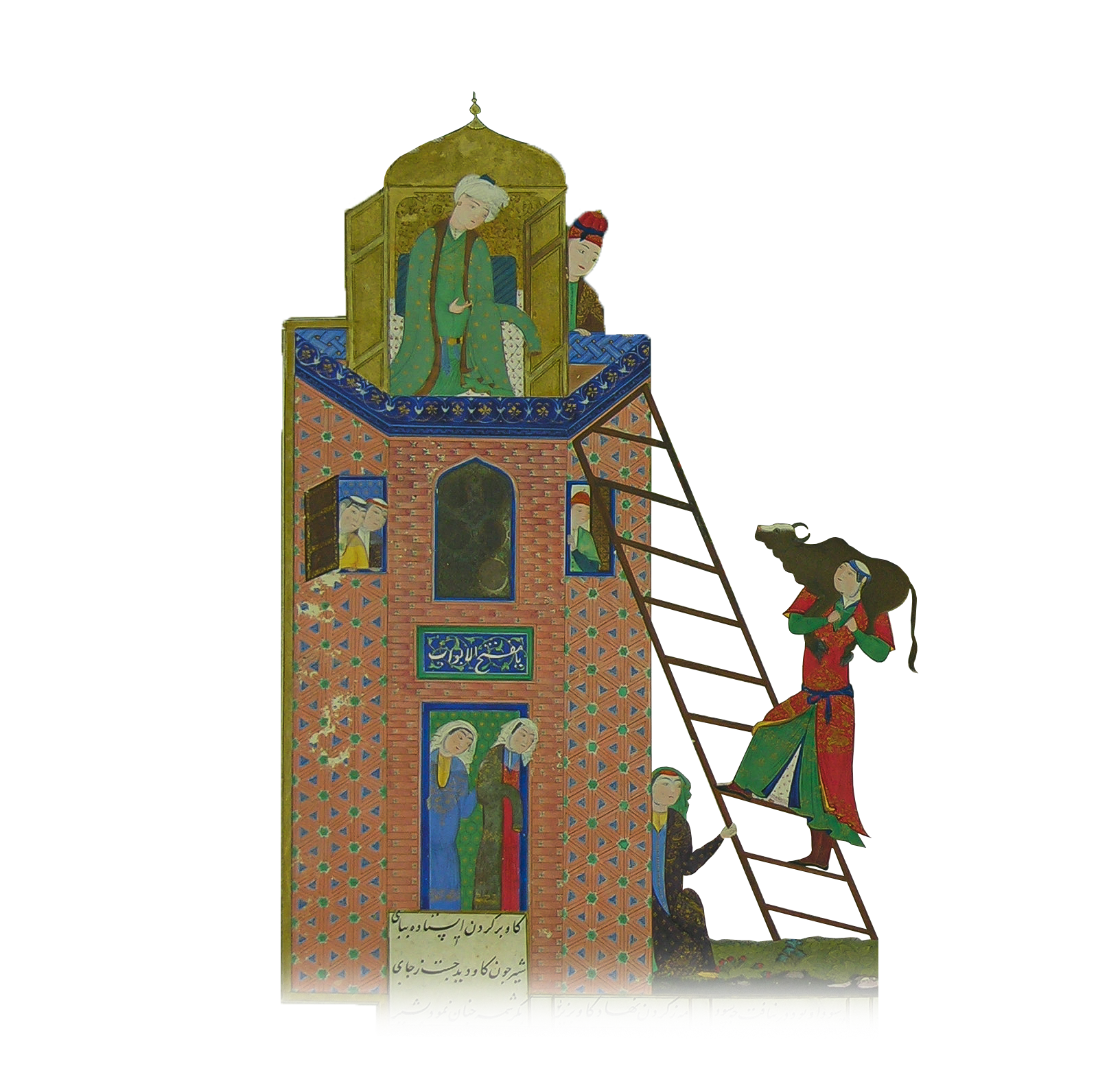


DATE 1197
Seven Beauties
The great Azerbaijani thinker Nizami breathed a new spirit into poetry that kept him free of palace clutches and gave his works prominence in the nation’s literature. Seven Beauties is the fourth in his collection of five poems known later as The Khamsa. Originally titled Haft Paykar, its content led to the poem being translated figuratively as Seven Beauties. Nizami finished the poem on 31 July 1197, and dedicated it to Ala al-Din Korp Arslan (1174-1208) ruler of Maragha. The poem is centred on the Sassanid ruler Bahram V. However, under the guise of telling Bahram’s life story, the poet created a work combining serious critical thought and romantic idealism about his time.
The poem does revolve around the Sassanid ruler, the poet wishing to versify Bahram V’s whole life and reflect all that happened to him. However, Nizami’s goal was not to simply collect and put into verse the legends, stories and written sources about Bahram. The genius thinker aspired to reflect the new human ideal acting through the Sassanid ruler and to express his reflections, or analyse, the current period and humanity, which is why he stayed true to his sources and based his thoughts on sound evidence.
Nizami undoubtedly used Ferdowsi’s Shahnameh as a source on the subject. However, he did not wish to copy his predecessor, take anything from him, be similar to him in any way or create anything resembling Ferdowsi’s account of Bahram. He offered a new poetic solution to certain episodes that he worked on to highlight his distinctive, different and novel quality as an artist. In this context, the episode with Fitnah is no repetition of Azadeh; it is, rather, a debate with Ferdowsi’s creative principles.
Seven Beauties is not a poem created solely to develop an image of a just ruler and express the poet’s dream of a perfect king, it actually reflects the views of a new era, the Renaissance, of humanity. Nizami’s main poetic idea was, through this piece, to ponder the ideas of what a human is and what they should be. Nizami achieved his goal and expressed these new views with his portrayals of various, naturally convincing characters during the course of dramatic events.
Nizami described Bahram throughout the poem as being thoroughly self-aware. The poet responded to the questions of what a human and a king should be by developing the persona of Bahram Gur, thus shedding light on a person’s self-awareness and self-affirmation.
Legend has it that Bahram brought seven beautiful princesses of the seven rulers of the seven climes to the seven domes he had built in advance. Medieval science classified the world’s inhabited areas into ‘seven climates. Each girl told the king a beautiful story before going to bed. These seven narrations included in the overall structure of the poem, represent an independent layer in the work. The colour of each dome is that of one of the seven planets, which people of the time thought protected the seven layers of the earth.
The element of fantasy is particularly highlighted in additional threads included in the Seven Beauties, distinguishing it from other of the poet’s works. We should also note that the poem is a manifestation of tolerance towards cultural diversity and a broad outlook on life.
Source: Nizami Ganjavi, Seven Beauties. “Leader Publishing House”, Baku. 2004. pp. 4, 5, 6, 8, 14.
Author of the foreword and scientific editor: Khalil Yusifli




